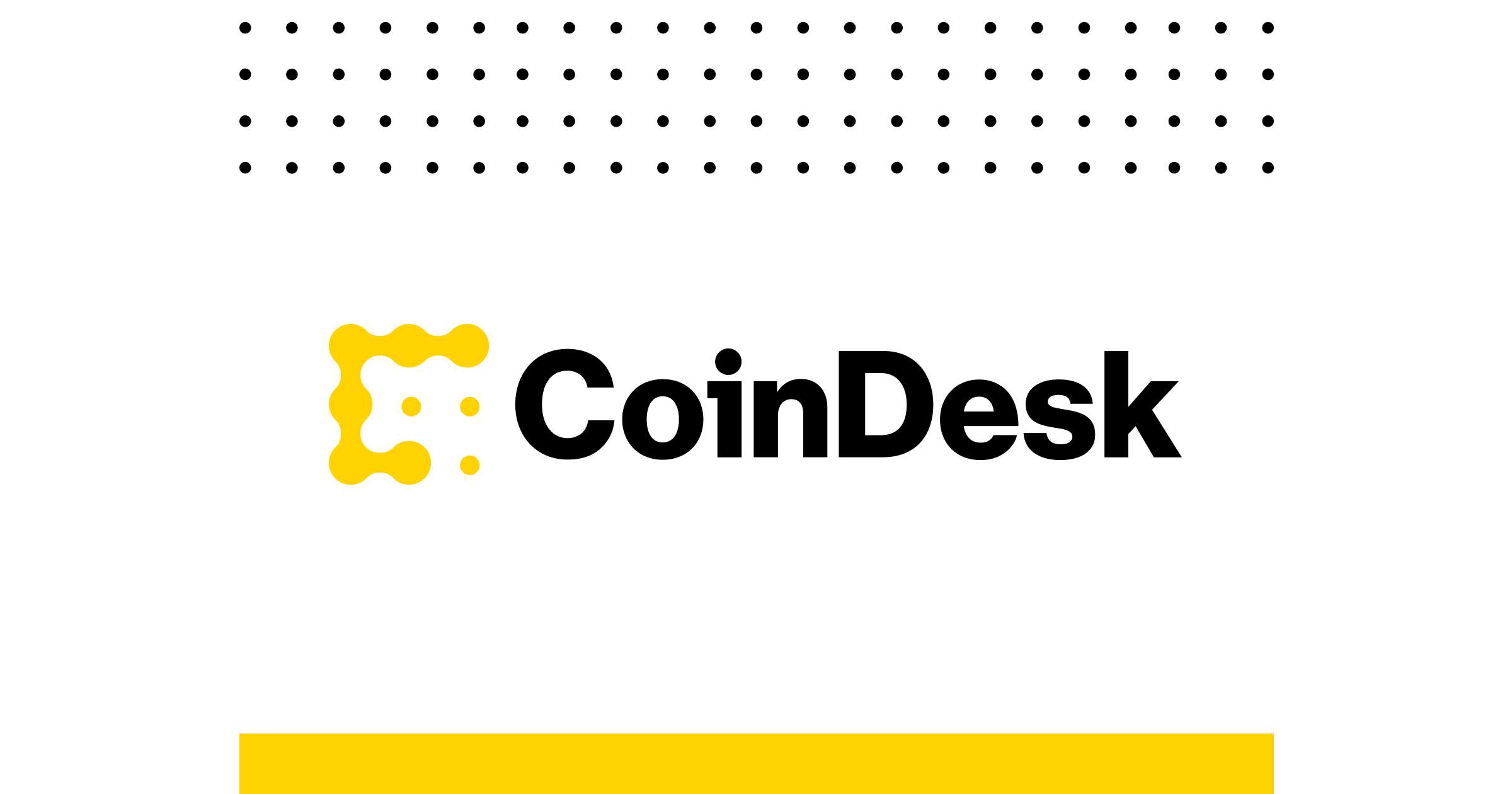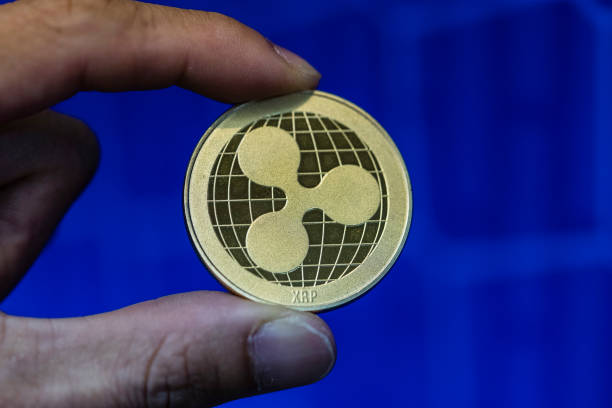
Bitcoin Represents the Asset, While Ethereum Serves as the Platform.
Blockchains represent a groundbreaking technical achievement, yet in this highly competitive arena, it has become evident that the social consensus and the ecosystem surrounding these technologies serve as their most valuable strategic assets. The significance of the social layer varies across different networks.
I propose that the foundational layer—or “Layer 0”—of any blockchain system is designed to fulfill a single core purpose. By “Layer 0,” I refer to the variety of communities that support these networks, which range from enthusiasts to software engineers, developers, investors, venture capitalists, and volunteers. As these networks operate publicly with open-source code, the heaviest emphasis on each ecosystem centers around its community.
While Bitcoin and Ethereum might seem similar at first glance, the communities and ecosystems that support them are fundamentally divergent. I have often stated, “Bitcoin is the asset; Ethereum is the platform.” The social consensus regarding these chains preserves their integrity and aligns them closely with their respective objectives.
Starting with Bitcoin, it functions as a scarcity-driven store of value. It outperforms fiat currencies and exhibits greater scarcity than gold. Additionally, it is shielded from political influences and secured by a substantial proof-of-work system. Bitcoin finds itself perpetually competing for awareness against other cryptocurrencies, and more critically, against conventional fiat currencies and assets issued by central banks.
This scenario diverges significantly from other value store mechanisms. Various forms of government and corporate debts exist, and their value hinges on repayment capability. A more relevant comparison for Bitcoin is gold, which, while yielding no interest or cash flow, is essentially valuable due to its scarcity, and gaining access to it is undeniably challenging.
A crucial characteristic of this cryptocurrency environment is its zero-sum nature. Acknowledging the potential for multiple cryptocurrencies to serve as stores of value leads to a precarious situation. Hence, the digital realm could theoretically produce endless duplicates of Bitcoin, and if there are two, there could be thousands, leading to ambivalence regarding Bitcoin’s value and promoting a downward trajectory.
Currently, no cryptocurrency comes close to Bitcoin’s valuation. Assets like Litecoin, Bitcoin Cash, Dogecoin, and others comprise a mere fraction of Bitcoin’s market cap. Ether is the only asset within the same approximate range, but it should be regarded less as a currency and more as a stake in a computational network.
This reasoning fosters an exceptionally aggressive stance regarding market perception. Bitcoin’s value is maintained through persistent memetic competition against other digital currencies. A visit to r/bitcoin reveals an ongoing collection of memes designed to bolster Bitcoin’s worth. Typical themes range from warnings against the devaluation of the U.S. dollar due to quantitative easing to serious concerns about U.S. federal debt, inflation issues, and highly optimistic price forecasts. The notion that quantitative easing does not necessarily result in inflation, and that moderate inflation may not yield detrimental economic effects, often goes unrecognized: the political implications are alarming, yet economic ones appear negligible.
Common memes highlight historical purchasing power, suggesting that a dollar once bought a whole basket of groceries, serving as an illustration of how gradual money printing diminishes value. This narrative does not withstand rigorous scrutiny. Moderate inflation is manageable, indeed necessary, and often preferable to deflation. Acknowledging that we are generally economically better off than in earlier times undermines the prevailing story. Nevertheless, narratives often prevail over facts.
In order for Bitcoin to sustain its value, an assertive social consensus is imperative, necessitating ongoing reinforcement for an extended duration. Gold’s role as a universal store of value has historical roots stretching back to 650 BCE, offering it a significant advantage. While there exist other precious metals, none rival gold in terms of total market value. Gold’s market cap is approximately ten times that of silver.
The social framework surrounding Ethereum differs substantially. At its core, Ethereum operates as a global computer. It nurtures a positive-sum ecosystem where innovation and development are actively encouraged. The environment within r/Ethereum serves as a reflection of the larger ecosystem, centering around engineering, development, and the creation of new applications.
Ethereum possesses a similarly passionate Layer Zero community, and it dominates over other “smart contract” platforms just as Bitcoin does among pure crypto-assets. Its market presence is evident not only in the asset’s value but also in its allocation of tokenized assets. Ethereum leads the field concerning most “real-world” assets, along with being the primary hub for stablecoins. With more than 100 Layer 2 networks operating, Ethereum boasts twenty times the number of “network extensions” compared to competing ecosystems like Bitcoin or Solana.
Both Bitcoin and Ethereum attract fervent advocates who often diverge from the mainstream narrative. There is a modest yet resilient layer of applications currently being developed on top of Bitcoin. The Bitcoin ecosystem is on the verge of acquiring its own Layer 2 networks, several of which will be compatible with EVM.
Conversely, there exists a dedicated community within Ethereum that aspires for the platform to function simultaneously as both a computational network and a limited asset. The Ethereum Improvement Proposal EIP-1559, adopted in August 2021, reduced the issuance rate of new ETH and transitioned gas fees so that a portion of ETH is effectively removed from circulation with each transaction. Consequently, the circulating supply of ETH is now growing at a pace that could be even slower than Bitcoin’s and in several scenarios, may even shrink.
Neither approach is inherently flawed, and theoretically, either ecosystem could host activities of both types. However, the cultural demands of each environment are so distinctive that excelling at more than one function concurrently proves difficult.
In practical terms, traditional currencies such as the U.S. dollar excel primarily as a medium of exchange rather than as a reliable store of value. While dollars serve to facilitate purchases, a deflationary dynamic that increases the dollar’s worth over time could wreak havoc on the economy by elevating real interest rates. As Ben Bernanke identified, stimulating an economy under low inflation conditions poses considerable challenges. This also implies Bitcoin may falter as a currency even if it thrives as a store of value.
With Ethereum, the unfolding years will reveal the sustainability of the current blockchain expansion. If the ecosystem successfully retains a leading share of new asset tokenization and smart contracts, it may be deemed a frontrunner in its main objective. Bitcoin, although engaged in a longer battle, may showcase increased alignment with gold, signaling that traditional investors are embracing the notion of digital scarcity.
Ultimately, several more years of real-world data may be necessary before I can validate—or refute—my hypothesis. This implies that the ongoing memetic competition on platforms like Twitter between ecosystems is likely to persist for the foreseeable future.



















Post Comment